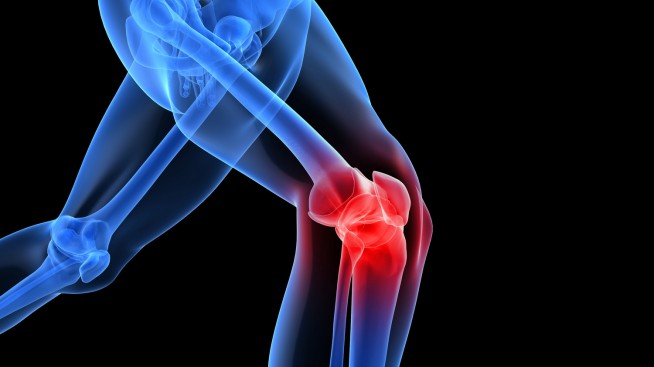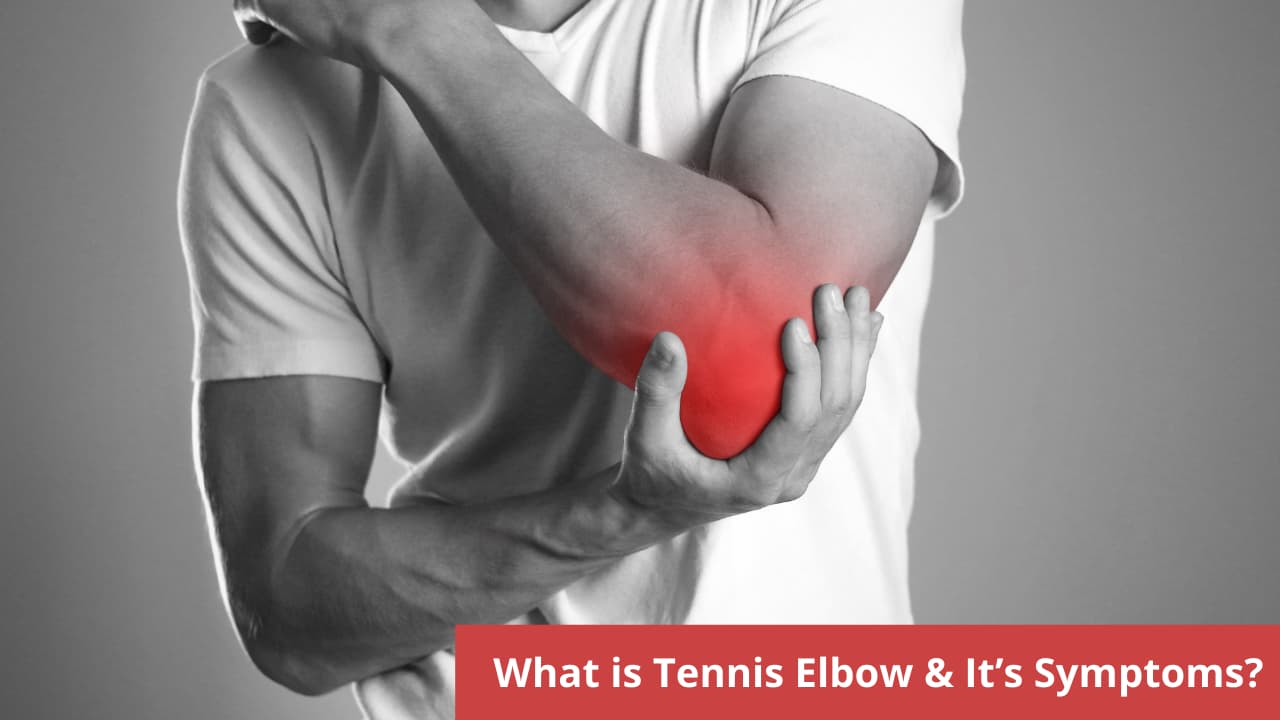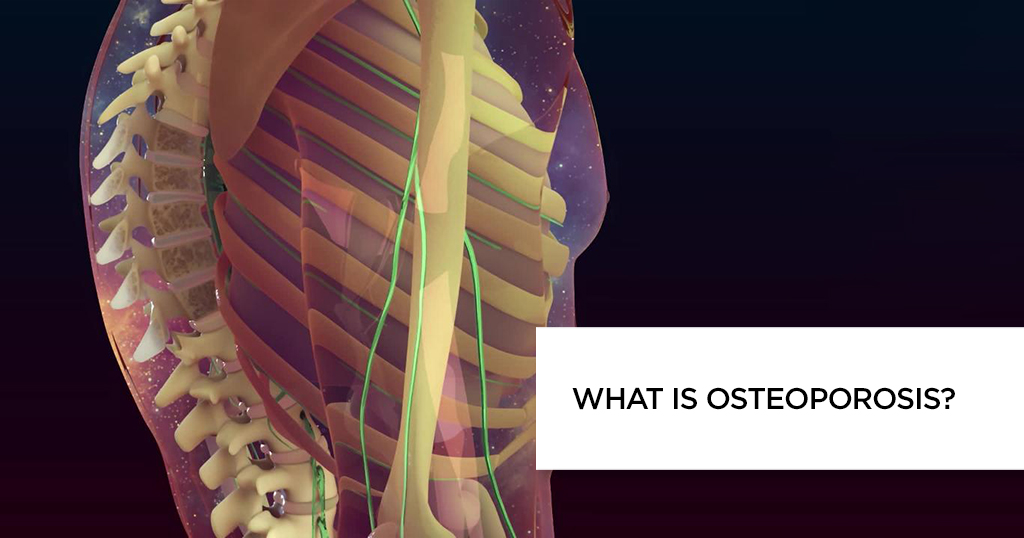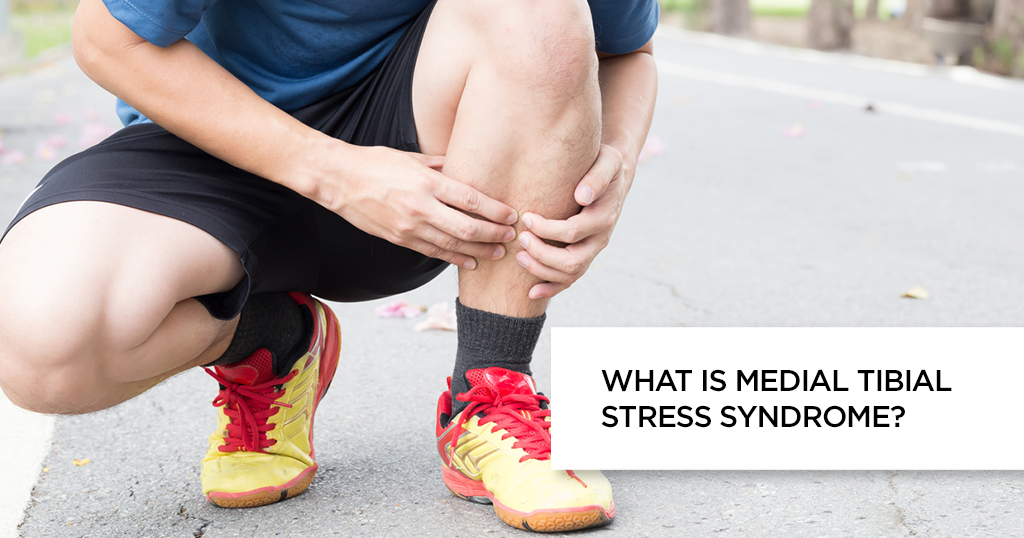Crossfit Knee Injuries


Are Knee Injuries in CrossFit Common?
As CrossFit becomes more popular, we are finding a larger number of patients that present to us with injuries that they sustained while doing CrossFit activities. This is particularly true in the young and middle-aged adult population, whereby a lot of stress in the knee can cause cartilage damage, which is effectively a localized area of arthritis, a meniscus tear, or an ACL tear. Therefore, it is important that one be careful about their activities when they do participate in CrossFit and ensure that they do not injure their knee and endure a lifelong problem that limits their activities going forward.
What can be the Most Common Knee Injury in CrossFit?
One of the most common CrossFit knee injuries that we see is a meniscus tear. In these circumstances, often the athletes will injure themselves when their knee is in deep flexion, either with squatting, using kettlebells or with very deep leg presses or with other activities. In this circumstance, the back of the knee will push against the meniscus and it can tear either at the joint lining attachment or it can tear at its attachment to bone. The ones that tear that attach to the bone is particularly worrisome because if one does not have these fixed in a timely fashion, there is a very high risk for the rather rapid development of osteoarthritis.
Therefore, if one feels a pop at the back of their knee when they are doing CrossFit activities, such as squatting or deep kneeling, they should be seen relatively quickly by a specialist to ensure that they do not have a meniscus root tear. Meniscus root tears particularly hurt when one squats down and the meniscus will actually start to slip or extrude out of the knee. Studies have shown that when one does have a meniscus root tear, that it is equivalent to having no meniscus and some patients will develop arthritis within weeks and certainly months, so early diagnosis and treatment is essential to ensure that one does not have a lot of arthritis before the problem is recognized.
Other meniscus tears can include tears at the joint lining, where the meniscus is squished forward with deep flexion and it tears away from the joint lining. These are definitely repairable-type meniscus tears and one should certainly see a knee specialist ensure that they have a proper diagnosis and then have the meniscus tear treated before it goes on to be a bigger problem. Other meniscus tears, such as degenerative tears or radial tears, may or may not be repairable, but it is certain that the earlier one presents for an examination and evaluation, the better chance that some of the more complex meniscus tears may be able to be repaired instead of taken out.
Why Do ACL Tears Occur in CrossFit?
Another CrossFit injury that may occur is an ACL tear. This can occur when one is doing box jumps, either up or down, or when they are carrying heavy weights on their shoulders and they twist, turn or pivot. An ACL tear is a very problematic injury because it will make one’s knee unstable, and if the knee stays unstable for a period of time, one will develop arthritis and often will have meniscus tears.
If one injures their knee and feels a pop, injures their knee and has it swell up within a few hours, or injures their knee and it feels unstable when they twist or turn, prior to the onset of pain with injury, one has to be particularly concerned that they have a tear of their ACL. Many ACL tears are associated with meniscus tears, so it important to obtain a proper diagnosis so that one does not ignore the tear and then have the meniscus tear become non-repairable over time. This will certainly doom the health of your knee over the long term and is not advised.
Do Squats and Lunges Cause Knee Injuries?
Other common CrossFit activities include those that put a lot of stress on the front of the knee, such as lunges, squats, or knee extension exercises with heavy weights. When one does leg presses, the force is distributed through the whole knee. As soon as they lift their knee up with a knee extension exercise, the fulcrum of all the force becomes the kneecap joint and this extra force can cause the cartilage to wear down. Lunges and squats also put up to 9 times one’s body weight across their knee, so repeated lunges and squats can also damage the cartilage at the kneecap joint.
If one has difficulty with lunges and squats, feels some crunching when they do it, or develops swelling after these activities, they have to be worried that they have some underlying kneecap arthritis and should be seen by a specialist to determine what type of activity modification they should do, if treatment is necessary, and to figure out what type of activities to avoid going forward in the future so they do not further progress the amount of arthritisthat they have in their knee.
Outlook
CrossFit activities can be inconvenient and may contribute to knee injuries. Therefore, it is important that one use common sense when they do activities, not overly stress their knees when they are not prepared for it, and to back off if their is swelling in the knee or pain. Trying to work through pain or swelling with these types of activities may cause a much bigger problem over the long term and ultimately result in you losing good health of your knee joint and requiring to cut back on your activities permanently.
Dr. Kaushik Reddy,( M.S Ortho )
Fellow in Shoulder & Elbow Surgery (Japan)
Fellow in Trauma, Hand & Reconstructive Surgery (Germany)
Fellow in Adult Knee Reconstruction & Sports Medicine
Consultant Orthopaedic & Sports Surgeon
Apollo Hospitals, Jubilee Hills.





